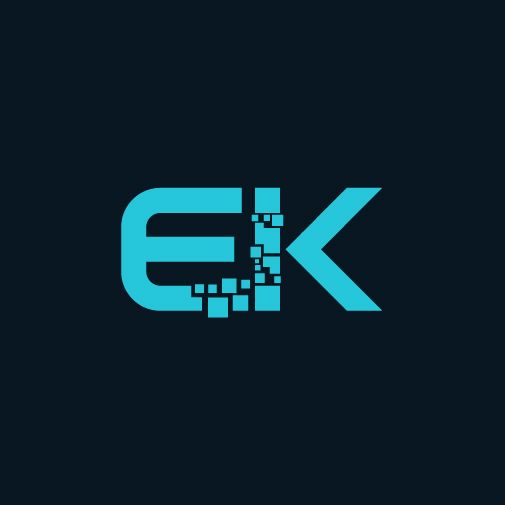15,364 reads
3 Cryptocurrencies To Earn You Money While You Sleep — Part 3
by
June 4th, 2018
Audio Presented by

Cryptocurrency Enthusiast circa 2012. Award winning writer in Finance, Investing and Bitcoin. Opinions are my own.
About Author
Cryptocurrency Enthusiast circa 2012. Award winning writer in Finance, Investing and Bitcoin. Opinions are my own.